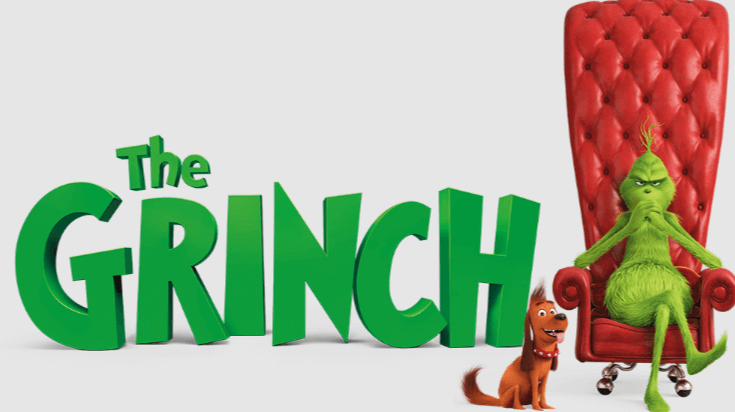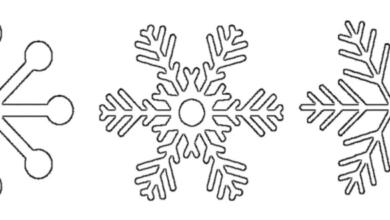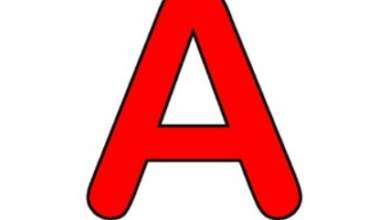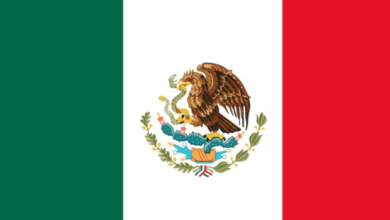clipart:2tvnqwgta7a= grinch

History of Clipart
The concept of clipart dates back to the early days of print media when illustrations were physically clipped from printed sheets. With the advent of computers, clipart evolved into digital forms, allowing for easy manipulation and distribution. The rise of desktop publishing in the 1980s and 1990s further popularized clipart, making it an essential resource for both amateur and professional designers.
Types of Clipart
Clipart can be categorized into two main types: vector and raster.
- Vector Clipart: Created using mathematical formulas, vector clipart is scalable without losing quality. It is ideal for logos, icons, and illustrations.
- Raster Clipart: Made up of pixels, raster clipart can lose quality when resized. It includes photographs and detailed images.
Uses of Clipart
Clipart is used in a variety of applications, including:
- Education: Enhances teaching materials and presentations.
- Business: Adds visual appeal to reports, marketing materials, and websites.
- Personal Projects: Used in invitations, scrapbooks, and social media posts.
Creating Clipart
Creating clipart involves several steps, including conceptualizing the design, sketching, and digitizing the artwork. Artists use software tools to refine and color the images, ensuring they are ready for use in various applications.
Read Also kuromi:fox5ydxdt58= character:whbuwyemkle= hello kitty

Designing Grinch Clipart
Creating Grinch clipart involves capturing the character’s distinctive look and personality. Artists often emphasize his green fur, mischievous grin, and Santa Claus disguise to make the clipart instantly recognizable.
Popular Grinch Clipart Styles
Grinch clipart can be found in various styles, from traditional hand-drawn looks to modern digital designs. Some popular styles include:
- Classic Seuss Style: Mimicking the original illustrations by Dr. Seuss.
- Cartoonish Style: Simplified and exaggerated features for a fun look.
- Realistic Style: More detailed and lifelike interpretations.
Uses of Grinch Clipart
Grinch clipart is used in numerous ways, especially during the holiday season:
- Holiday Decorations: Adorns cards, wrapping paper, and party decorations.
- Marketing Materials: Used in promotional materials for holiday sales and events.
- Educational Projects: Enhances holiday-themed classroom activities and worksheets.
FAQs about Clipart and The Grinch
What is clipart used for? Clipart is used to enhance documents, presentations, websites, and other media with pre-made images and graphics.
Where can I find clipart of The Grinch? Grinch clipart can be found on various clipart libraries and stock image websites. Always check for usage rights and licensing.
Can I create my own clipart? Yes, you can create your own clipart using graphic design software. Start with a sketch, digitize it, and refine the design using tools like Adobe Illustrator or Procreate.
What should I consider when using clipart legally? Always ensure you have the right to use clipart by checking copyright laws and licensing agreements. Use public domain resources or purchase licenses if necessary.
How has clipart evolved over time? Clipart has evolved from traditional cut-out images to digital graphics, becoming more versatile and widely accessible thanks to advancements in technology.
What makes The Grinch a popular character for clipart? The Grinch’s distinctive appearance and transformation story make him a beloved and recognizable character, perfect for holiday-themed clipart.
Conclusion
Clipart and The Grinch each hold a special place in their respective realms. Clipart, with its versatility and accessibility, continues to be an essential tool for designers, educators, and marketers. The clipart:2tvnqwgta7a= grinch, an iconic character from Dr. Seuss, remains a timeless symbol of holiday cheer and transformation. As both clipart and The Grinch evolve, their impact on visual media and popular culture endures, showcasing the power of creative design and storytelling.



